FROM ROD TO FINISHED PRODUCT – THIS IS HOW THE ESBE SERIES VTA IS MANUFACTURED
2025-06-30
ESBE’s business concept sets the standard for our products; We will assist our customers to provide property owners in Europe with the market’s most resource-saving products and solutions for regulating heating and cooling in hydronic systems.
Everything we do is about creating products that deliver in top class while using as little energy as possible. But we do not want to be inferior to our products and therefore we work actively to make as small climate footprint as possible when we manufacture our products. One part of this is to control the entire manufacturing process. A good example of this is our thermostatic mixing valve series VTA.
All electricity consumption in the factory comes from renewable energy sources and we are also careful to reuse materials to the greatest possible extent.
Follow the transformation of a brass rod
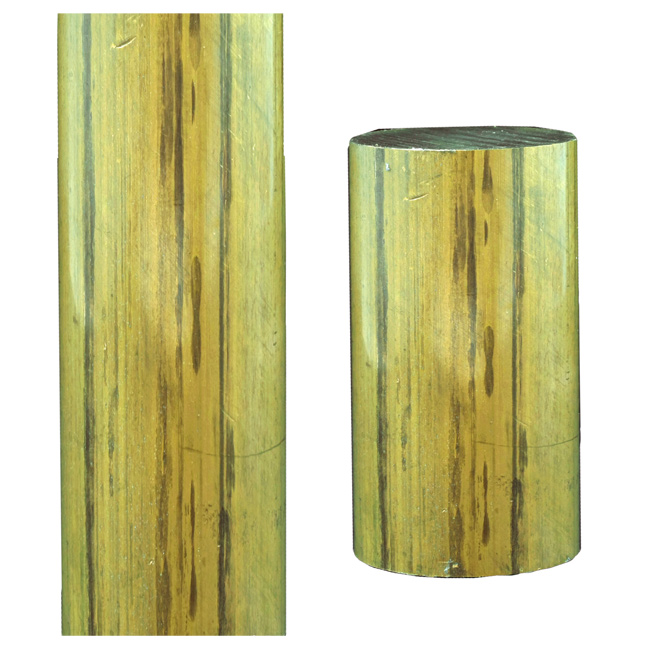
Step 1. Long brass rods arrive at the factory in Reftele, Sweden. These are cut to the correct length in the cutting machine and provided with a diameter to begin the transformation into a VTA mixing valve.

Step 2. The brass rods leave the cutting machine and are placed in boxes for graphitization. They are provided with a covering layer of graphite paste that acts as a lubricant during the pressing procedure in step 4.
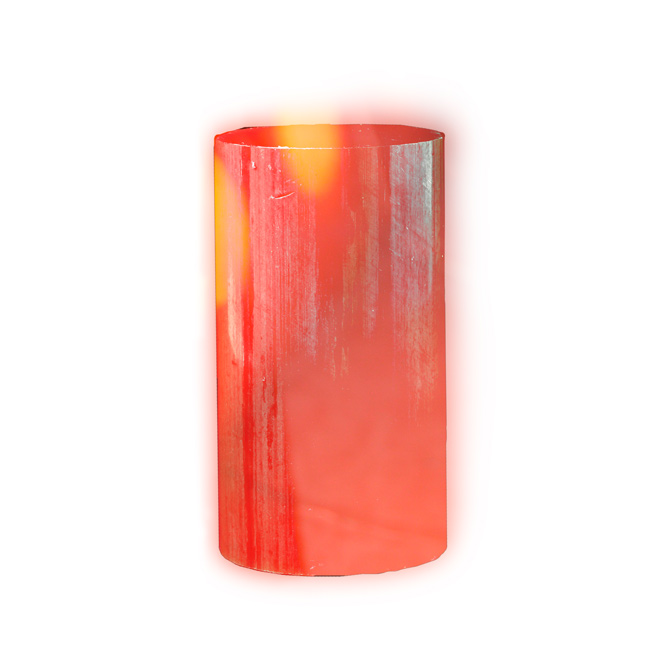
Step 3. After the graphitization, the pieces are placed in a gas-fired oven, where they are heated to about 800 °C.
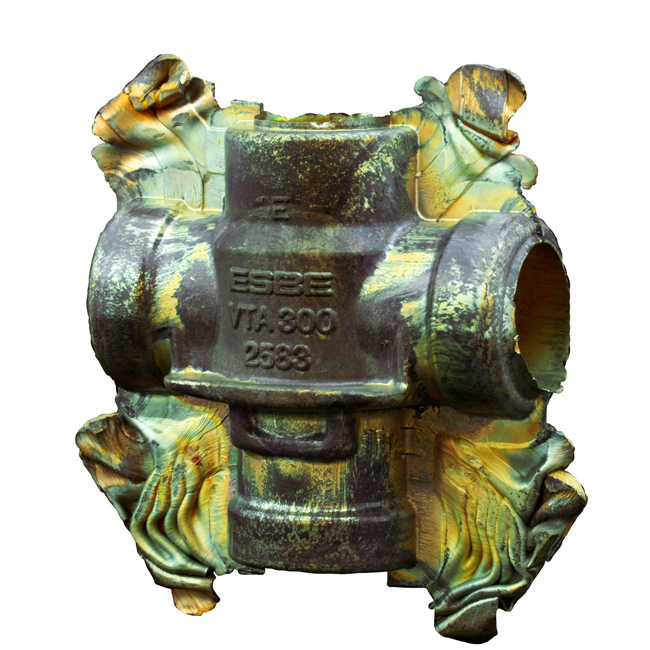
Step 4. While the parts are extremely hot, they are formed in a press with a pressing force of 400 tons. The graphite layer ensures that the metal flows out properly and the wear on the mold tool is reduced. A small excess of material results in a beard around the detail.
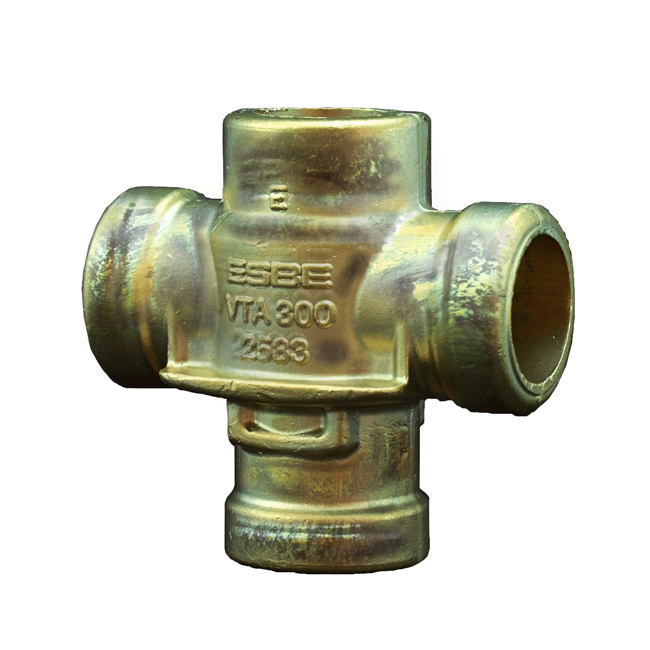
Step 5. When the parts are pressed and cooled, they are transported in boxes to a conveyor belt. From here, a robot moves the details to another type of press that cuts off the beard.
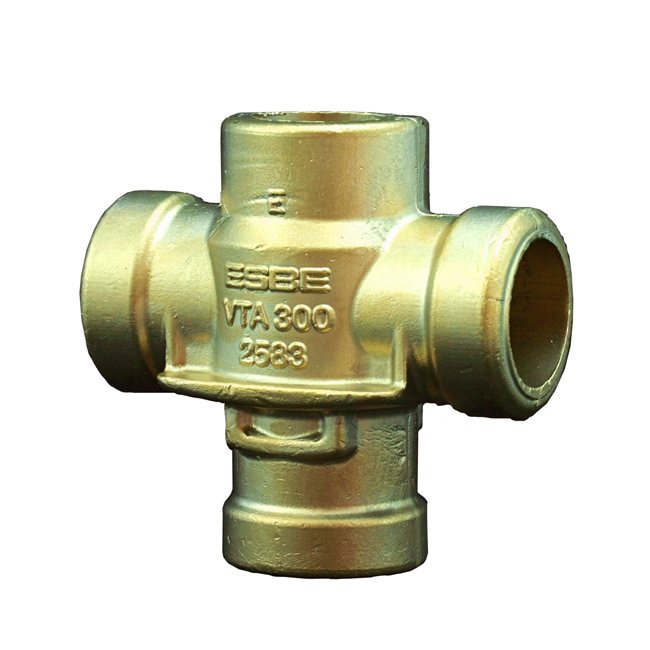
Step 6. Due to the graphite, the details are more or less black and need to be restored using blasting. The metal chips from the cutting machine are reused as blasting agents and the details are given a brass-colored silk matt finish.
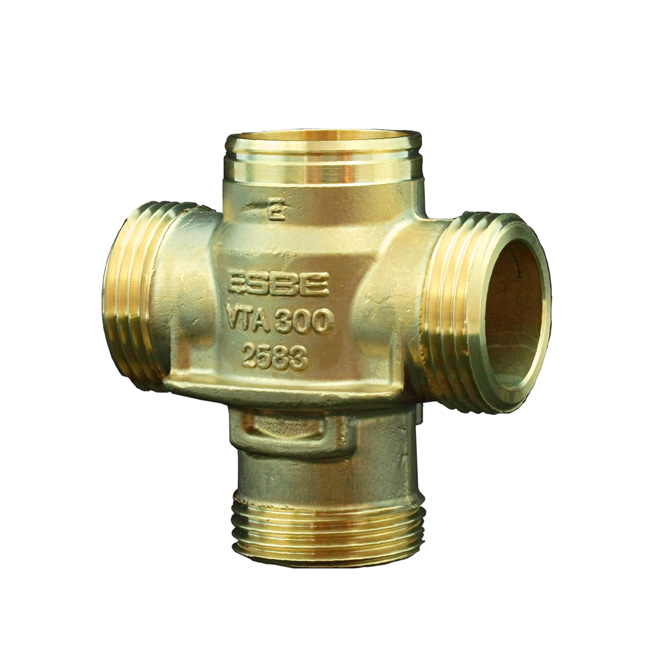
Step 7. The details are ready to leave the press department and now end up in the transfer hall for further processing. There, a camera-controlled robot picks out details for adaption and washing. They are then placed in pallets for further delivery to the assembly department.
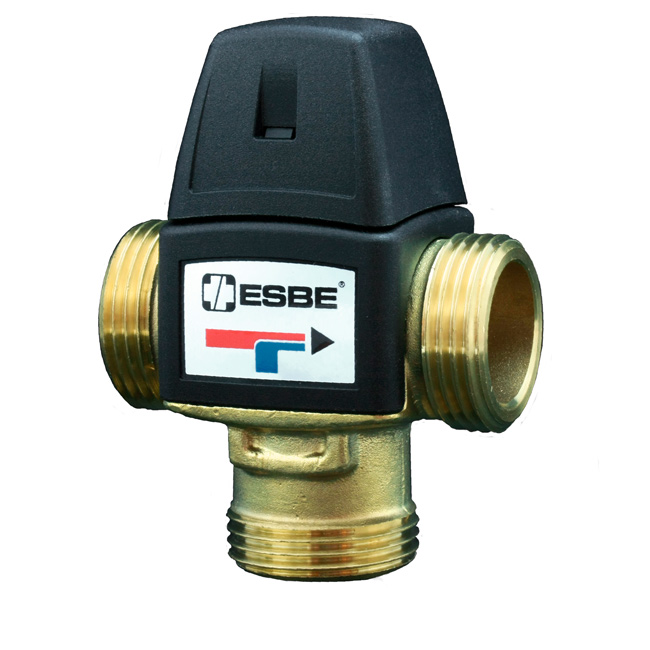
Step 8. The final product is assembled, tested and packaged in the assembly department, in this case a VTA300.




















